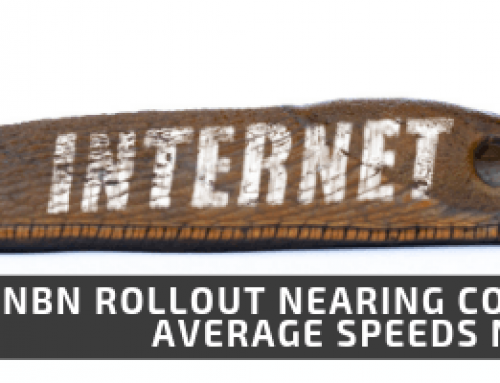The final mile, or kilometre is a phrase commonly used the telecommunications industry to describe the last stretch of infrastructure that delivers internet services to residential and business end users. Traditionally this has been achieved with copper lines, which connect to a street cabinet or node in the local area.
This last mile is where you most expect a bottleneck or restriction in bandwidth for the delivery of broadband or voice services, as it is most likely the oldest part of the network and may not have the capability to transmit high bandwidth data.
Digging up and replacing this stretch of the network is incredibly expensive, and the returns on investment, particularly for a non-metro residential market is poor. This explains why the fibre to the premises plan originally developed by the nbn, changed to the deployment of fibre to the node only in many areas. Even if there is a fibre from the node to the local exchange, the performance that a resident will experience is constrained by the quality of the final mile.
Thousands of companies globally, connect millions of clients through a wireless system which overcomes the downside of the final mile. By installing a small antenna on a roof and wireless connecting it to a nearby distribution point, customers can experience speeds in excess of 100 Mbps download and upload with incredibly low latency.
To check if a connection is available at your place, go to http://www.ourcommunitybroadband.com.au/#check-availability





